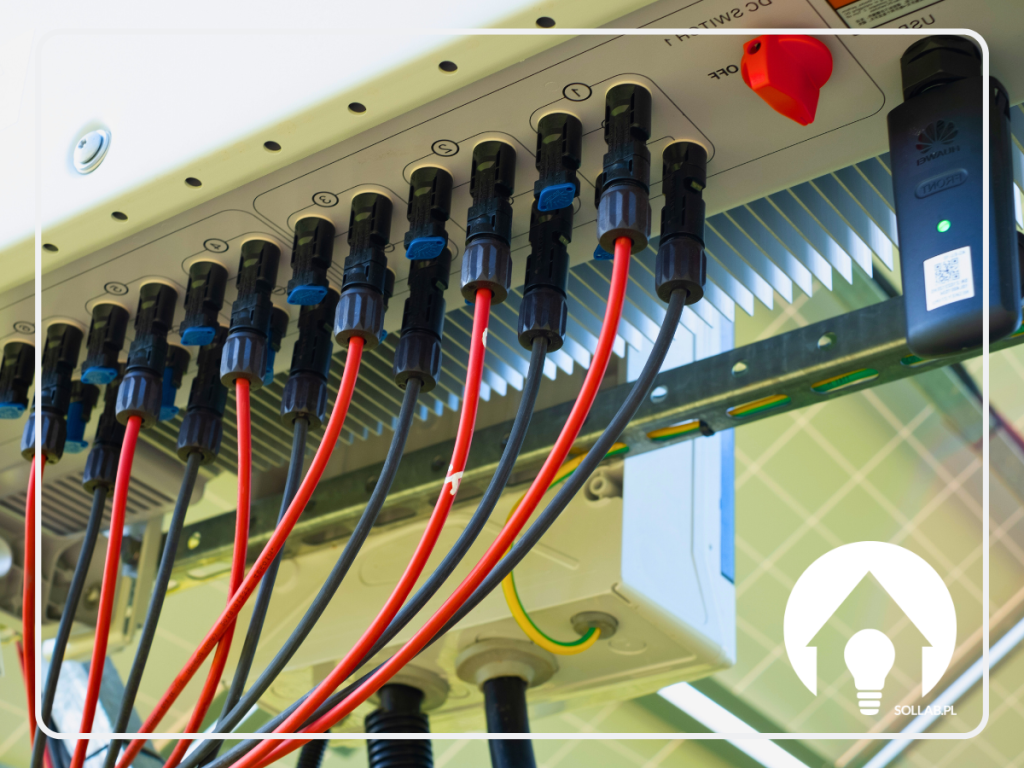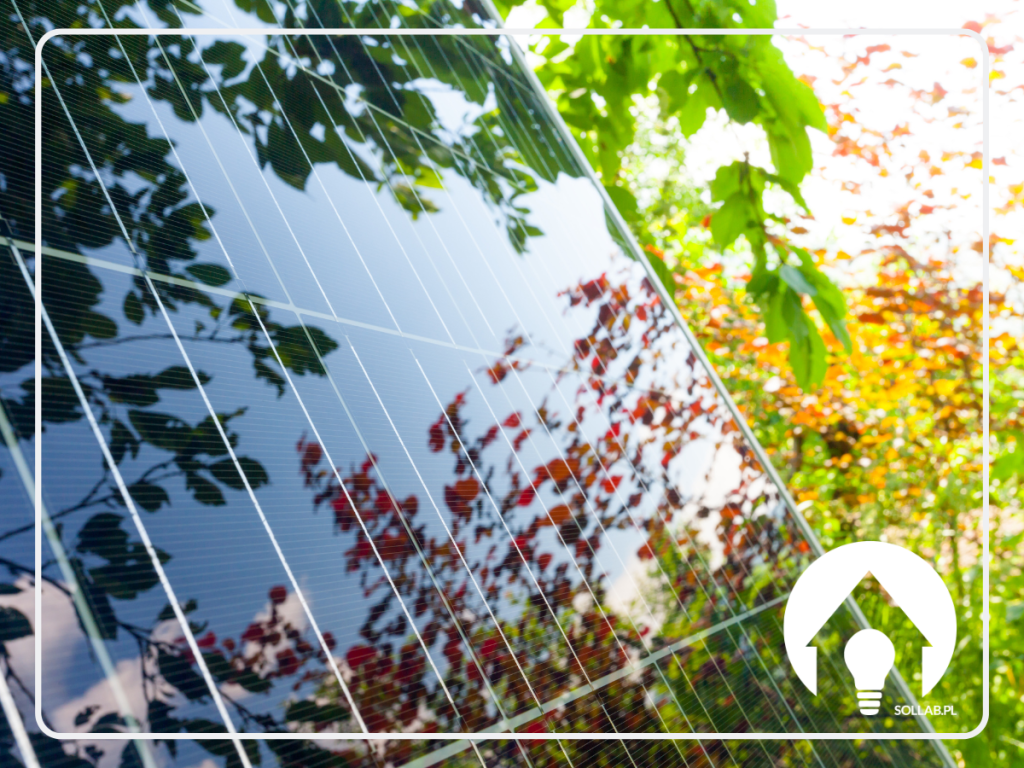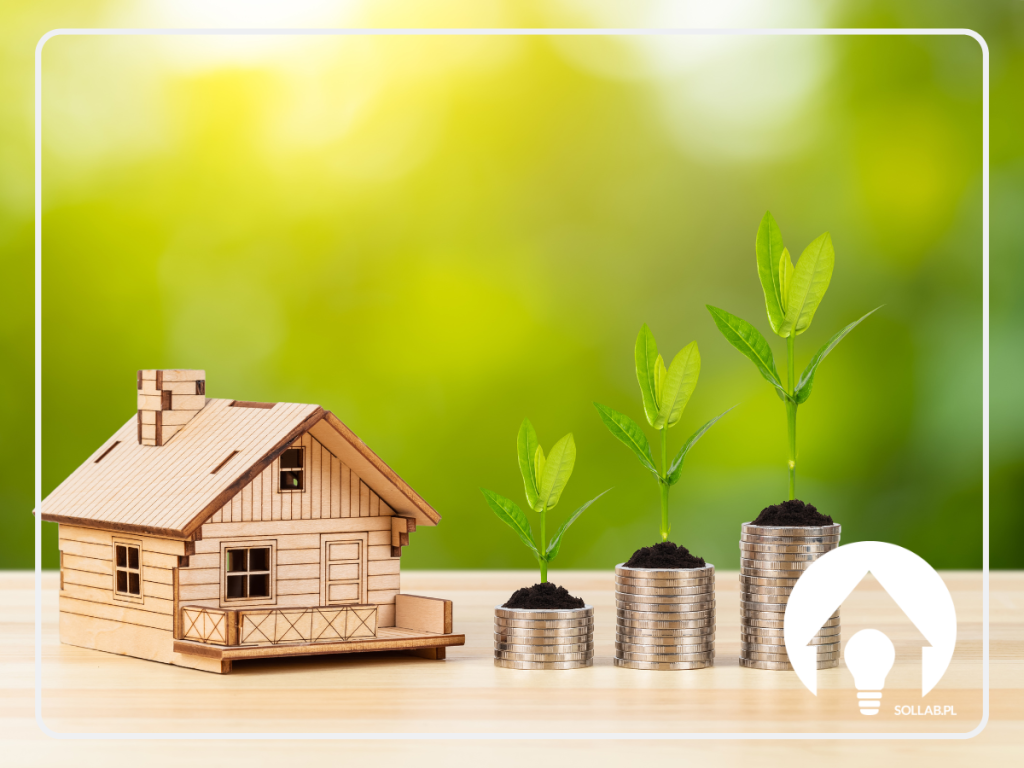Energy defines our security. Hence the great desire of many countries for energy independence. The same is true for households. The development of domestic photovoltaic installations has brought households the hope of producing their own, cheaper electricity and independence from distribution centres.
2022 brings with it many changes regarding taxes and payments. Also for photovoltaic energy producers. What will change from April onwards? Will owning photovoltaic panels cease to be worthwhile due to the changes?
What is the current energy billing?

The collection of energy took place at a ratio of 1 to 0.8. This means that for every kilowattopic produced, the prosumer could receive back 0.8 of its value. The billing period in this case was one year. In addition, energy producers did not have to pay distribution fees or energy transformation costs.
There is no doubt that this was a system that was convenient and encouraged households to set up their PV cells.
What will change? Will it still be worth it?
Changes to the system for the production, distribution and allocation of energy obtained from the sun will come into effect from April. The new billing system is to be called net-billing.
The power that domestic PV installations will produce will be sold to the grid at market prices, and the same principles will apply to purchasing.
The change is to be introduced in cycles - the transition period will last until July. Then, for two years, energy will be purchased on the basis of an average monthly price. In another two years, it will be the average hourly price. The disadvantage for producers is that energy will be sold at wholesale prices. On the other hand, its repurchase will be more expensive, calculated at the retail price.
No one can predict energy prices in the long term - this can create uncertainty among producers.
Due to the established price elasticity, the system can work in two ways. When there is a lot of energy going into the grid, prices in the markets will fall. This will result in lower earnings for small producers. In addition, it will be possible for large producers to speculate on the price of energy.
It seems that in the face of change, new manufacturers will think a few times before investing in photovoltaics.
















